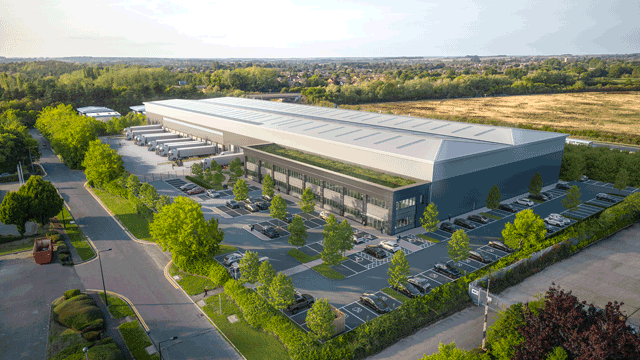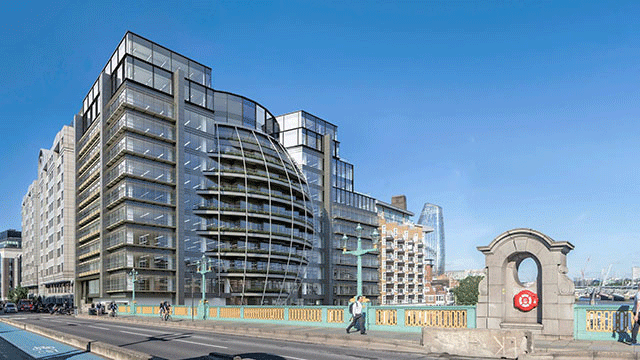Two weeks on from COP26, what messages can real estate take from it? There are some obvious ones – the focus on green finance and clear investor appetite for change, for example. Green finance seems to be on everyone’s agenda, but what does this really mean? The multiple net zero carbon commitments being made by businesses across the piece – again, what does this really mean? There is going to be a lot of money available for offsets – how do we get the biggest carbon bang out of those bucks? But the clearest message for me was that we need to have the vision to see a very different future.
Regulating our way to sustainable finance
Regulatory disclosures such as the EU’s Sustainable Finance Disclosure Regulation and Taxonomy are tilting debt and equity investors towards raising expectations around the climate credentials of their portfolios. The fundamental issue is carbon, so linking funding to carbon emissions and tying in financial consequences for failure will really focus the minds in the boardroom on emissions reductions, clearly a good thing.
Making good on those commitments
Ambitious commitments were made by the investment community and real asset owners need to properly understand asset exposure to medium and long-term climate change to reassure investors and attract capital. There is increasing risk in hard-to-improve assets that undermine portfolio sustainability credentials, but also potential returns to be had here from tactical investment. Buildings have significant carbon footprints – particularly in their structure – and are often complex and expensive to improve. But they are also ripe for improvement if you know what to do. For real asset owners and managers this means being able to understand and improve environmental performance and reuse where possible, rather than rebuild.
Environmental performance is inextricably linked to property management. We therefore need people who understand how buildings operate and who are willing on a day-to-day basis to monitor and improve building environmental performance. The real estate sector needs to urgently tackle the operational environmental performance of the existing stock and reflect carefully on the predicted performance of buildings currently being designed. This will protect value in the short and medium term, contribute to the reduction of emissions, support asset-level resilience and inform investment strategy.
A different vision for the future
The biggest takeaway for me was the bigger picture of systems change laid out by Paul Polman, former chief executive of Unilever. With his enviable ability to string multiple sentences together, making complete sense out of the complex, without hesitation, repetition or deviation, he set out the scale of change required: to be able to envision a future that is completely different from where we are now. This is not tinkering with policy but a complete systems change – energy, transport, food, land and buildings, resources, people, infrastructure all connected and operating in a very different way from today.
The concept of “waste”, for example, will seem odd in a world where the environmental inputs into resources are valued. Take that to a buildings level and obsolete, redundant buildings become stocks of resources with clear value attached to them. The refurb versus rebuild decision changes once you put a value on the carbon in a concrete frame. We talk about the circular economy but until we put a value on materials, we will struggle to breathe life into it. Every component of a new building should be tagged with information stating what it’s made of and how to disassemble it. It’s simply not going to be possible to keep creating concrete and steel in the volumes we do now. So put a value on that slab and hold on to it.
Nudging capital flows
This requires the enormous power of capital to be nudged into flowing differently too. Carbon pricing is clearly coming for our sector but, right now, what price should we be using? Perhaps it should be the price of tackling some of the bigger, real estate-specific carbon challenges? If it costs £250 a tonne to make an existing, hard-to-treat housing block more energy efficient, then perhaps that is the price of a tonne of carbon? How about our sector’s carbon offsetting funds being used to fill these funding gaps where there is a problem and no obvious source of funding to solve it? It would certainly be more expensive per tonne than buying trees but would be more immediate in its impact and have potential for strong co-benefits. And perhaps a little more credibility.
Louise Ellison is chief commercial officer at Longevity Partners











